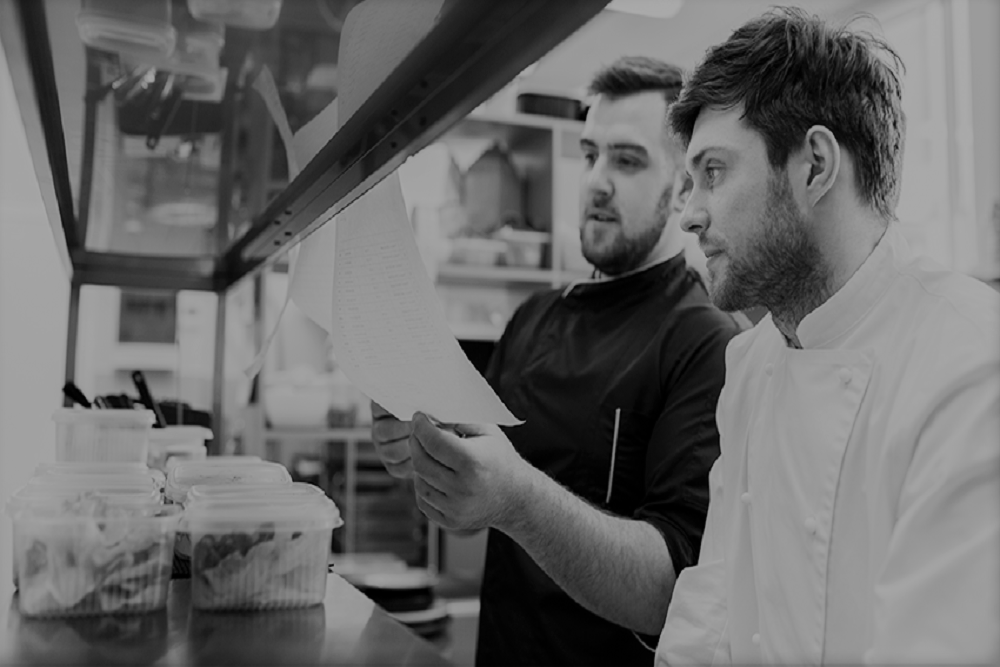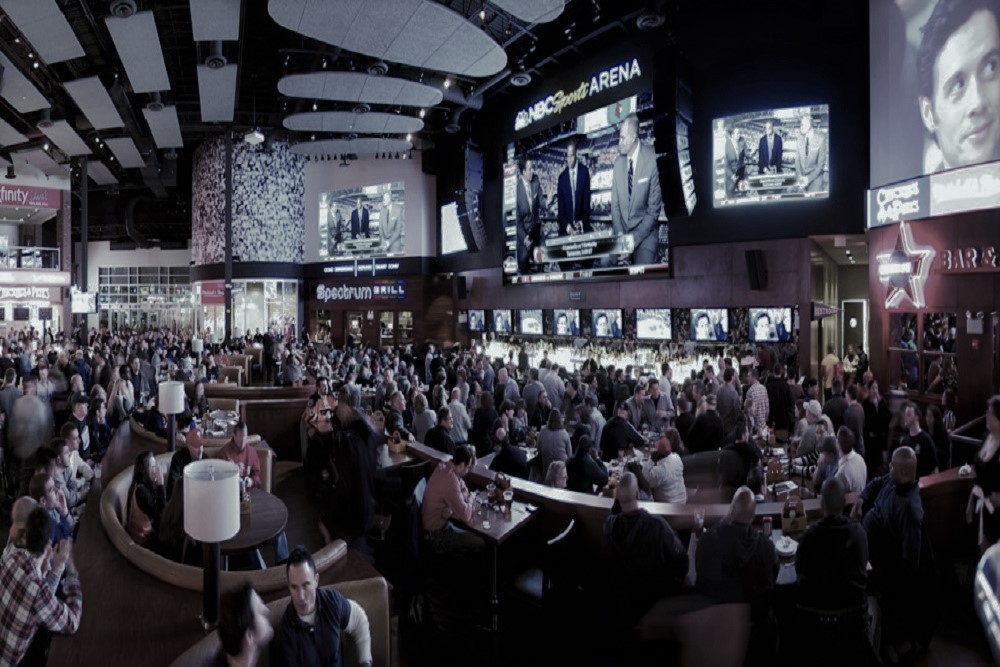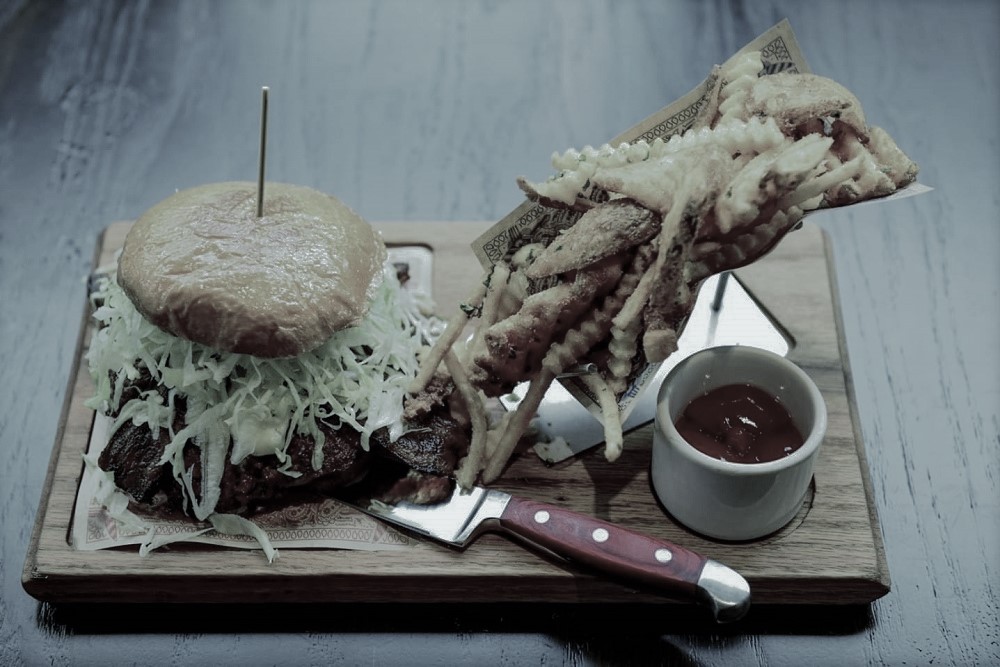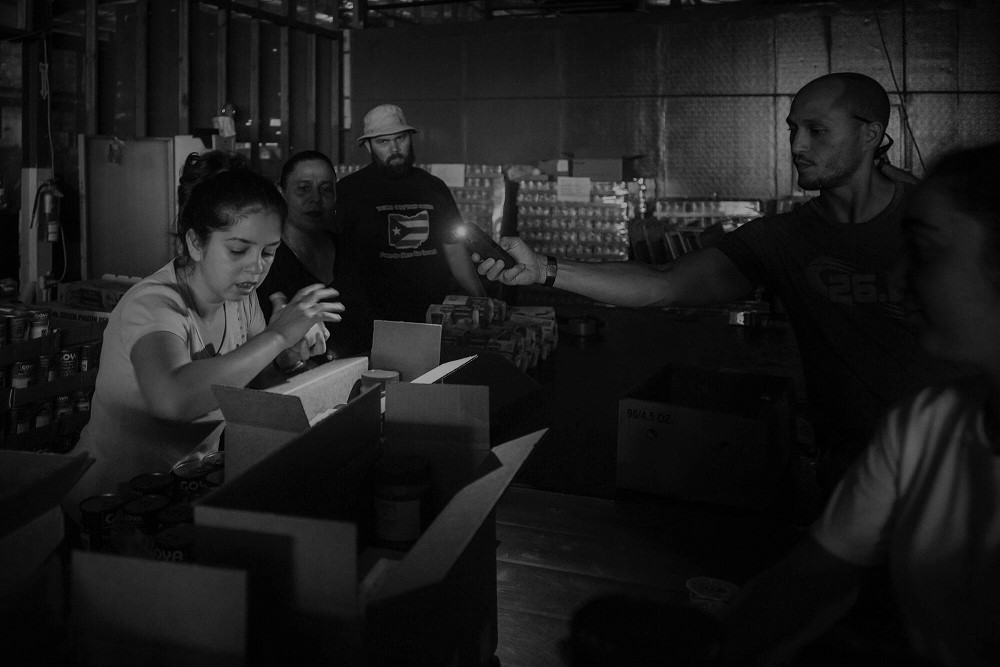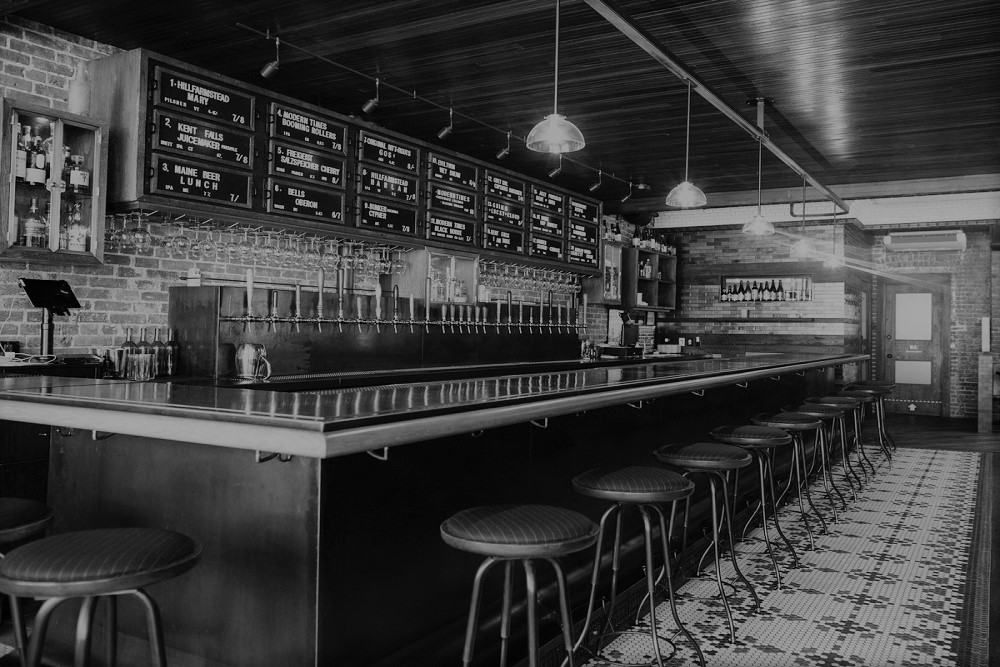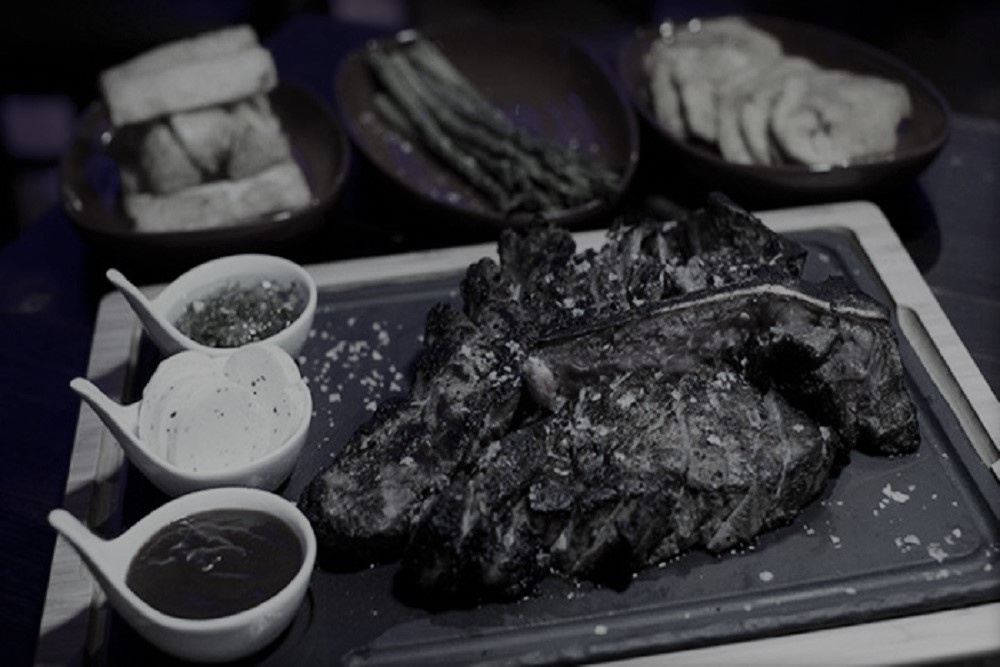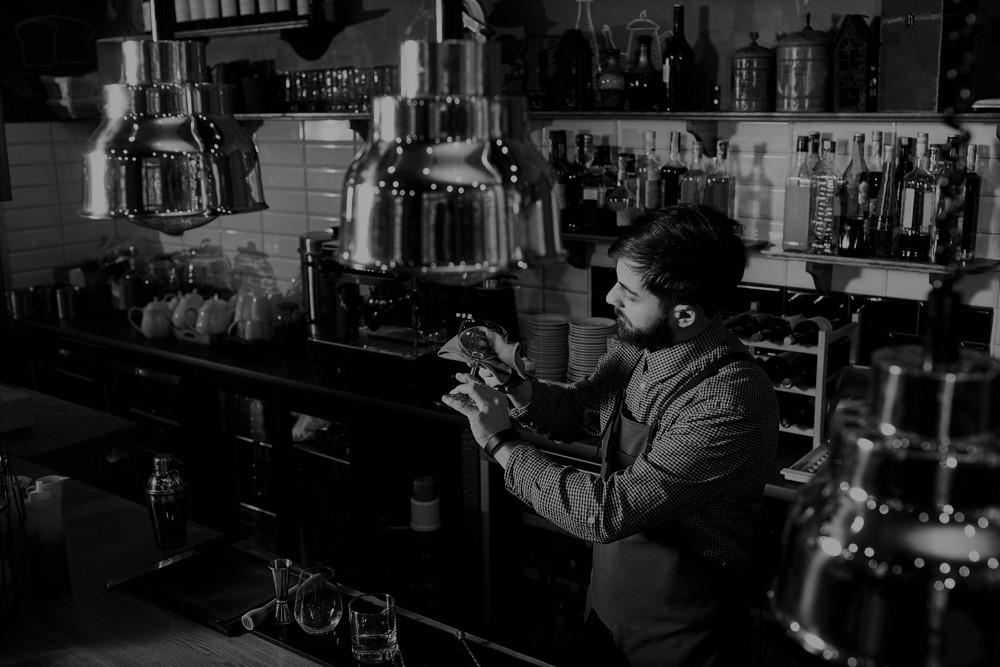Restaurant Seating Strategies
Originally Posted on FoodableTV by Doug Radkey 10/09/2017
There are many tactical elements to operating a restaurant business and Restaurant Revenue Management (RRM) is one of them.
RRM can be defined simply as selling the right seat, to the right customer, at the right price, and for the right duration of time.
As property and overall restaurant operating costs continue to increase, so does the desire to maximize seating and guest turnover. This goes for either a full service or quick service restaurant environment. There is, however, a science to restaurant seating strategies— the essence of RRM.
First and foremost, restaurateurs need to understand their intended guest experience and their ideal customer profile — including guest behaviours — to maximize their seating potential.
With the right seating strategy, a restaurateur will position themselves to increase guest spending, increase turned tables, and contribute to a more positive guest experience. Consequently, this will greatly affect the operator’s revenue and profit potential.
An award winning seating strategy will include the following planning steps and thought processes.
Here are six factors to think about:

1. Room Size
The general rule of thumb for a restaurant is to allocate 60 to 70 percent of real estate to the dining area with the remaining percentage allocated for kitchen, storage, and washrooms etc. Ideally, a restaurant wants to keep approximately 20 to 25 square feet per seat, to offer the most comfort and flexibility for guests and the most adequate flow for staff including traffic aisles, server stations, and beverage bars/counters.
For example, a 5,000 square foot property will provide approximately 3,250 square feet (65 percent) for the dining and/or service area, resulting in an average of 144 optimal seats (22.5 square feet per seat).
2. Table Size
As with the above room size, there is a general rule of thumb for table size as well. Ideally, guests should be given a minimum of 300 square inches of space (per guest). For example, a 24 inch by 30 inch table will offer 720 total square inches of space or 360 total square inches per guest for up to two guests, often enough space for traditional plating, utensils, and glassware.
Table size can fluctuate based on concept, menu, plating style, and service sequence. Make the tables too small, and guests will feel uncomfortable and leave more quickly. Make the tables too large, and your property will lose valuable real estate. In this case, size does matter!
3. Table Optimization
A profitable interior design combines a variety of table sizes to meet the demand of different sized parties in addition to maximizing Sales Per Minute (SPM), an essential key performance indicator of Restaurant Revenue Management. For a restaurant to be successful, it needs to live in the moment by maximizing every day, every hour, and every seat.
Optimizing table sizes and their positioning, will improve traffic flow and turnover while reducing noise and accidents within the restaurant. Utilize point-of-sale reports to understand typical party sizes, average duration of stay, and dollars spent to ensure the restaurant is not wasting any seats or opportunities.
4. Guest Positioning
Depending on the concept, we know guests either sit themselves or wait to be seated. If one were to sit back and watch how guests were to seat themselves in a full service restaurant, a high percentage of guests would rather choose to sit near a window, featured wall (near fireplaces or wine racks, for example), or a partition wall. This is because these elements create a level of comfort.
When planning a floor layout, it is important to keep this in mind and create multiple “levels of comfort” that guests will connect with and want to be seated near, allowing the restaurant to maximize the space and not have undesirable seating areas that lead to quick visits and less spending.
5. Seating Styles
Without getting into specific details on chair styles (that’s another article), there are three key seating arrangements that are known to either keep guests in their seats and/or keep them spending more money.
Banquette tables (a bench along a wall with an opposite chair), often reduces sales per minute because it keeps guests sitting longer (which can be a great thing). This results, however, in a requirement for the restaurant to up-sell coffees, desserts, and/or other profitable items throughout the meal. This is a critical communication point to all service staff.
Booths on the other hand, are the number one option for guests and users of these booths are known to spend more in both time and dollars, as they feel highly comfortable and often feel a higher sense of privacy. Unfortunately, most restaurants cannot offer a space consisting 100 percent of booths, nor is it ideal for single diners. The right table and seating mix is required, but more booths than others, is a more desirable approach.
Traditional tables, those with two or more seats, often lead to quicker visits, unless strategically positioned near levels of comfort and appropriately spaced apart — offering a more intimate experience and ultimately leading to longer stays. It is essential this setting is truly mixed for seating of two and four (or more) to maximize potential and to reduce the risk of a single diner, for example, sitting at a table for four.
6. Guest Duration
By now, we understand that the longer a guest stays, the more they need to spend to maximize the seat and space. As a restaurateur who knows their concept and ideal customer profile, one must decide whether to focus on longer stays and higher revenues per table or to focus on volume of guests (resulting in volume food and beverage production).
What is needed to not only breakeven, but be profitable long term while having a highly productive, but not overrun kitchen and bar?
Every concept and every location will be slightly different, but once you know the average meal length, one can determine many other aspects of the restaurant such as the full potential for each day of the week which will then correlate to improving other financial management components including optimal staff schedules and food and beverage preparation.

